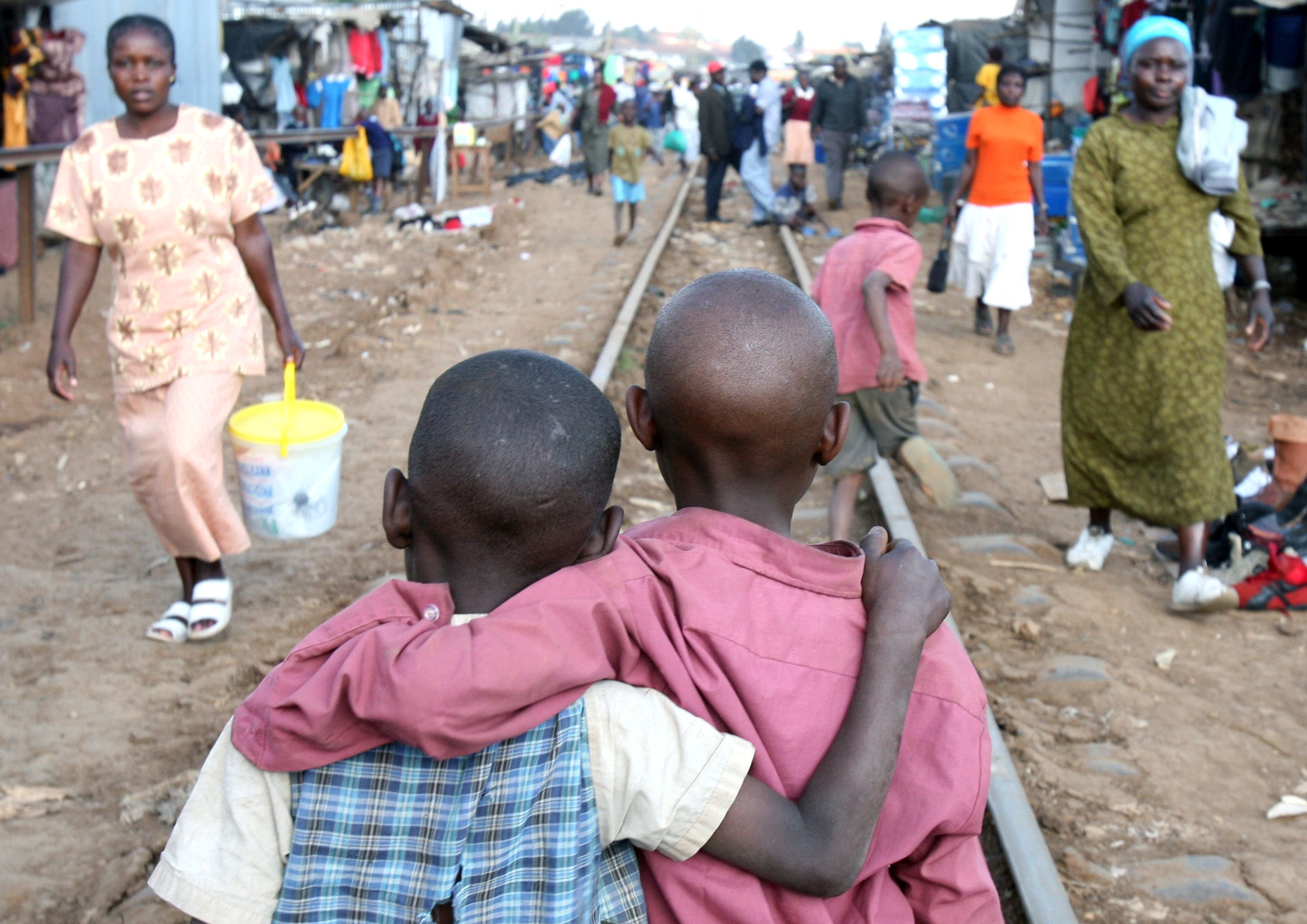IRIN brings you the highlights:
New infections and AIDS-related deaths
About 2.3 million people contracted HIV in 2012, the lowest number since the mid-to-late 1990s, when there were roughly 3.5 million new infections every year. The most dramatic drop is among children: in 2012, an estimated 260,000 children became infected with HIV, 52 percent lower than in 2001.
UNAIDS noted, however, that there were "worrying signs" that some countries were not on track. New HIV infections have been on the rise in Eastern Europe and Central Asia by 13 percent since 2006; and the Middle East and North Africa region has seen a doubling of new HIV infections since 2001.
AIDS-related deaths among people living with HIV have decreased by 30 percent since the peak in 2005 as access to antiretroviral treatment has expanded.
Record treatment figures, but children lag behind
Some 9.7 million people in low- and middle-income countries were taking ARVs in 2012 as a result of increased political commitment and smarter investments, as well as massive reductions in the cost of treatment. First-line ARV treatment in some low- and middle-income countries now costs about US$140 per person per year. In the mid-1990s the cost was around $10,000 per person per year.
But the pace of scaling up treatment for children is still frustratingly slow. In some of the hardest-hit countries only three in 10 children receive HIV treatment. In 2012, 647,000 children under 15 years of age were receiving antiretrovirals globally, half of the treatment coverage for adults.
"We have seen tremendous political commitment to reduce mother-to-child transmission of HIV [and results], but we are failing the children who become infected," said UNAIDS Executive Director Michel Sidibé. "We urgently need better diagnostic tools and child-friendly medicines, irrespective of the market size."
HIV and ageing:
For the first time since the start of the HIV epidemic, 10 percent of the adult population living with HIV in low- and middle-income countries is 50 years or older; in high-income countries, this demographic now accounts for a third of the adult population. UNAIDS largely attributes the "ageing" of the HIV epidemic to three factors: the success of ARV treatment in prolonging the lives of people living with HIV; decreasing HIV incidence among younger adults shifting the disease burden to older ages; and the fact that older people also engage in risk behaviours found among younger people.
Funding and underspending on key populations
Despite the rise of new infections among men who have sex with men in some countries, including in Asia, funding for HIV prevention services has been lower in East Asia, the Middle East and North Africa, and across sub-Saharan Africa. There is also low political commitment and not enough money being allocated to reduce HIV infections among people who inject drugs. Ten countries where HIV prevalence among people who inject drugs exceeds 10 percent allocate less than 5 percent of HIV spending to harm-reduction programmes.
In 2012, an estimated $18.9 billion was available for HIV programmes in low- and middle-income countries - up by 10 percent from 2011. The report notes that although international HIV funding has remained flat, many low- and middle-income countries have increased funding for HIV, with domestic sources accounting for over half of all HIV-related spending in 2012.
UNAIDS estimates that by 2015, the annual price tag for fighting HIV will be between $22 billion and $24 billion.
kn/he
This article was produced by IRIN News while it was part of the United Nations Office for the Coordination of Humanitarian Affairs. Please send queries on copyright or liability to the UN. For more information: https://shop.un.org/rights-permissions





